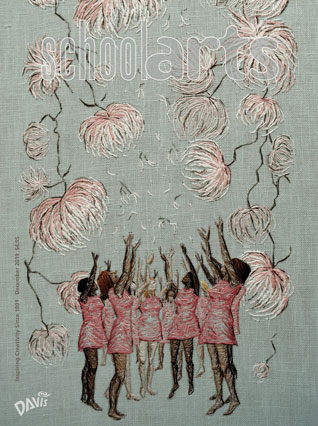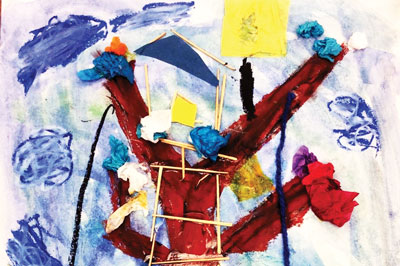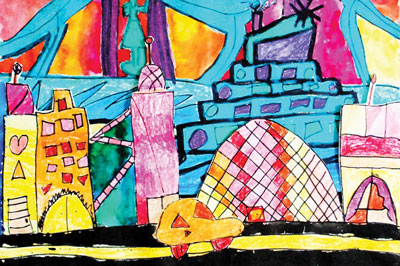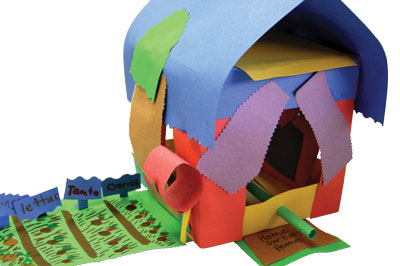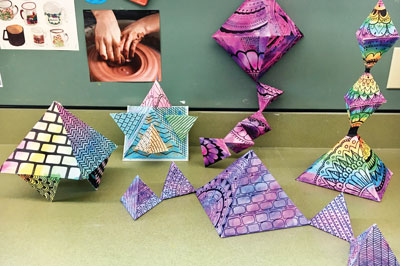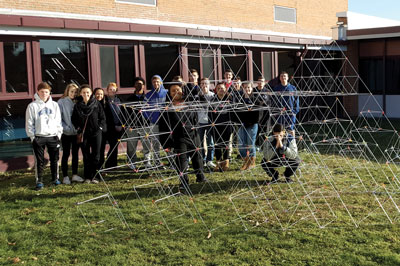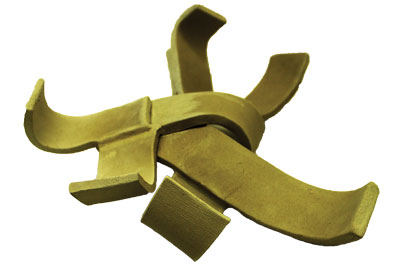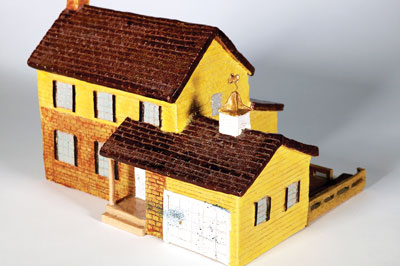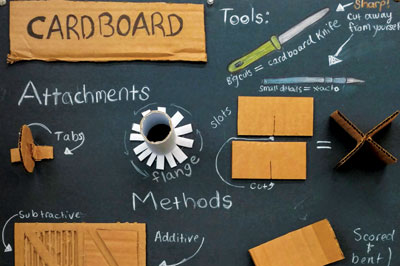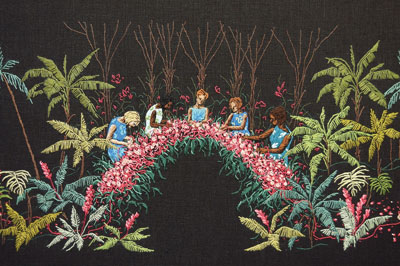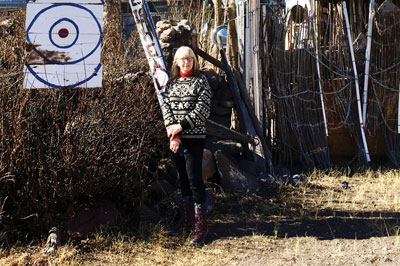
Editor's Letter: Structure
Architects Frank Lloyd Wright, Buckminster Fuller, and Le Corbusier and artists Paul Klee and Wassily Kandinsky all shared a similar childhood educational experience, one that likely shaped their professional lives. Their early childhoods were schooled through Friedrich Fröebel’s creation of kindergarten. The word kindergarten was based on two related ideas: young students would play in and learn from nature while being nurtured like plants in a garden.
Read Article
